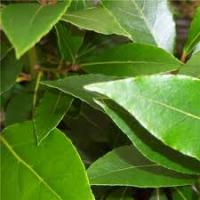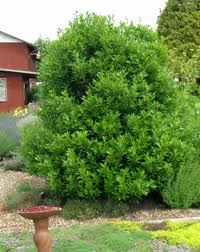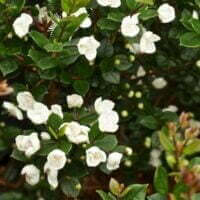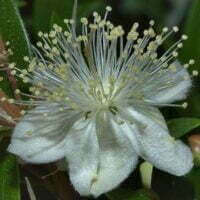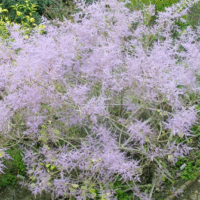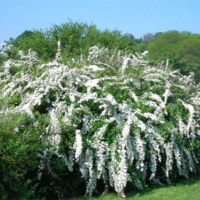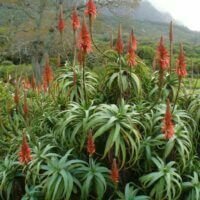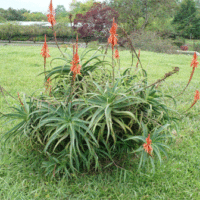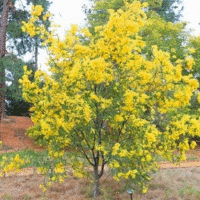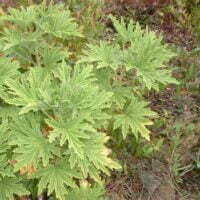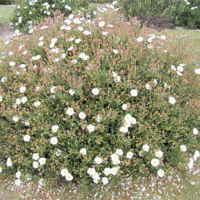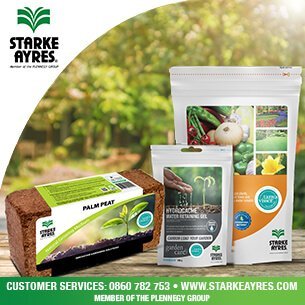| Botanical name | Laurus nobilis |
|---|---|
| Plant Care |  Deciduous Deciduous – Sheds Its Leaves Annually  Full Sun Full Sun – Prefers 6 or more hours of sun per day.  Half Sun Half Sun – Prefers 3 To 6 Hours of Sunlight a Day.  Semi Frost Hardy Semi Frost Hardy – Is Able to Survive Moderately Low Temperatures.  Moderate Watering Moderate Watering – Requires Regular Watering.  Non Indigenous Non Indigenous – Exotic to South Africa. |
| Size | |
| Categories | |
| Common name(s) | Bay tree |
| Origin | |
| Foliage | The plant has dark-green, leathery leaves |
| Uses in landscape design | The highly ornamental foliage makes this an excellent screening and hedge shrub, as well as a very good windbreak. It tolerates dry spells. Also it makes an ideal container plant. The leaves can be used in cooking, either fresh or dried. |
| Planting instructions | Planting: Dig a hole 60cm square and deep. Mix two thirds of the topsoil with one third compost in the bottom of the hole, add one cup of bone meal or superphosphate and mix well. |
| Soil conditions | Prefers moist, well-drained soil. |
| Uses | The leaves are dried and used for flavouring meat dishes in many different kinds of cooking. They form an integral part of bouquet garnish and pickling spice. The leaves can even be used to keep any type of grain fresh in tins or jars. |
| Interesting planting ideas | Makes an excellent ornamental plant for a container on a sunny patio. |
| Interesting info | In medieval times, bay trees were planted near churches homes and fields as protection against witchcraft, demons, evil and illness. |
| Propagation | Propagate by seed sown in spring or with hardwood cuttings taken in autumn.Plant cuttings in well-drained soil and keep them moist until they start to grow well. |
| Harvest | The leaves can be picked any time and used fresh or dried |
| When to sow |
Laurus nobilis (Bay tree)
- Botanical name: Laurus nobilis
- Common name(s): Bay tree
- Categories: Shrubs and Perennials
Plant description:
The bay laurel is a large shrub or small tree that is grown for its aromatic foliage and lovely pyramidal shape. Its dark green, leathery leaves form a dense shrub. The flowers are small and insignificant, and followed by black, rounded seeds. It is rather slow growing, but worth the effort. New foliage might suffer frost burn in areas with severe frost but this never causes lasting damage. The bay laurel makes an excellent ornamental plant for a container on a sunny patio and thrives in Western Cape coastal regions.
Family: Lauraceae
Botanical Pronunciation: LAW-rus no-BIL-is
Laurus nobilis requirements and features
info on these icons
Moderate Maintenance
Requires moderate maintenance.
Prohibited Use Notice: No Data Scraping Allowed Except for Search Engine Indexing:
The content provided on PlantInfo.co.za is intended for personal, non-commercial use only. Unauthorized extraction, reproduction, or use of the data, including scraping, for any purpose other than search engine indexing is strictly prohibited. Violations of these terms may result in legal action. By accessing and using this website, you agree to comply with these conditions and acknowledge the legal restrictions on the use of our content.
The plant has dark-green, leathery leaves
